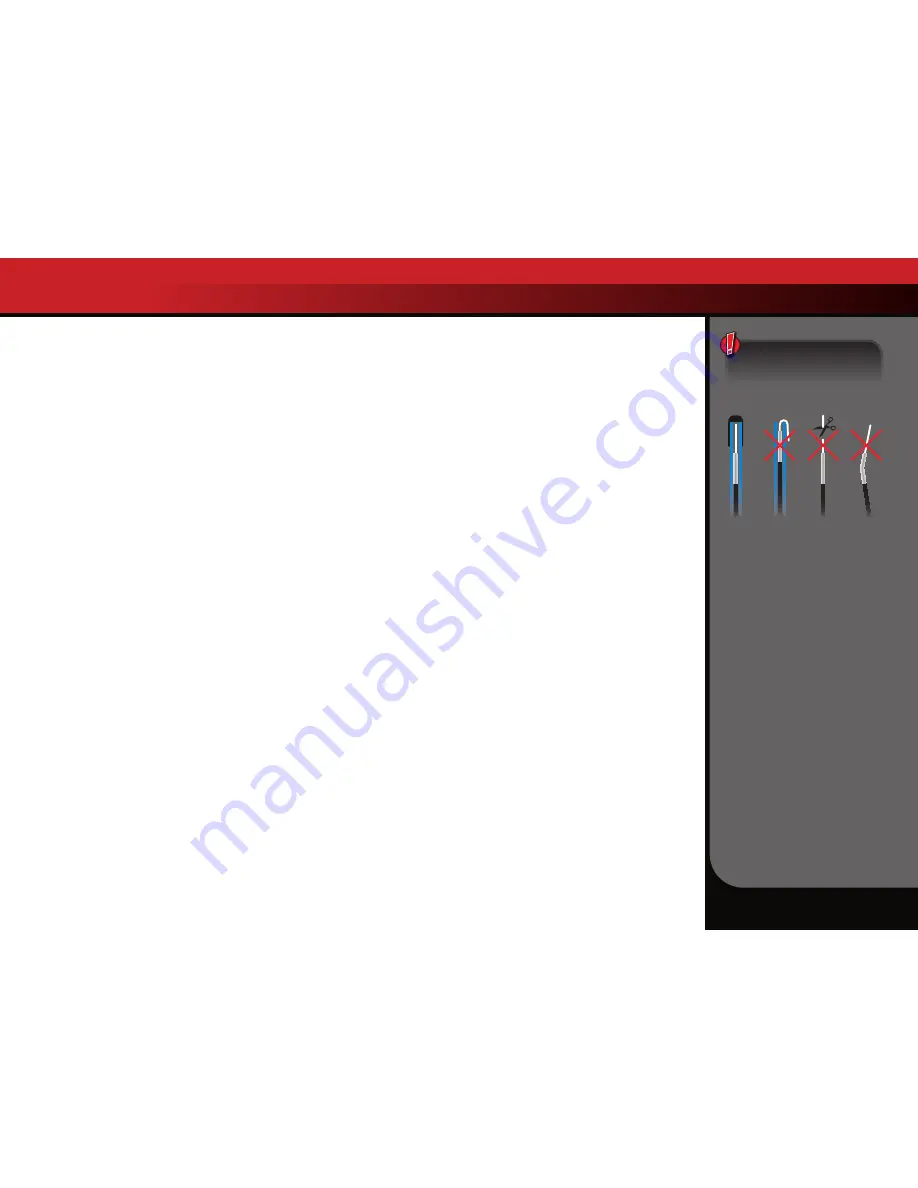
E-MAXX • 9
TRAXXAS TQ
i
RADIO SYSTEM
TRAXXAS TQ
i
RADIO SYSTEM
Thermal Shutdown Protection
- Temperature sensing electronics
are used in the ESC to detect overloading and overheating of the
transistor circuitry. If excessive temperature is detected, the unit
automatically shuts down to prevent damage to the electronics.
2-channel radio system
- The TQi radio system, consisting of
the receiver, the transmitter, and the servos. The system uses
two channels: one to operate the throttle and one to operate
the steering.
2.4GHz Spread Spectrum
– This model is equipped with the latest
R/C technology. Unlike AM and FM systems that require frequency
crystals and are prone to frequency conflicts, the TQi system
automatically selects and locks onto an open frequency, and offers
superior resistance to interference and “glitching.”
Voltage
- Voltage is a measure of the electrical potential difference
between two points, such as between the positive battery terminal
and ground. Using the analogy of the garden hose, while current is
the quantity of water flow in the hose, voltage corresponds to the
pressure that is forcing the water through the hose.
IMPORTANT RADIO SYSTEM PRECAUTIONS
• For maximum range, always point the front of transmitter toward
the model.
• Do not kink the receiver’s antenna wire. Kinks in the antenna wire
will reduce range.
• DO NOT CUT any part of the receiver’s antenna wire. Cutting the
antenna will reduce range.
• Extend the antenna wire in the model as far as possible for
maximum range. It is not necessary to extend the antenna wire out
of the body, but wrapping or coiling the antenna wire should be
avoided.
• Do not allow the antenna wire to extend outside the body without
the protection of an antenna tube, or the antenna wire may get
cut or damaged, reducing range. It is recommended to keep the
wire inside the body (in the antenna tube) to prevent the chance
of damage.
To prevent loss of radio range
do not kink or cut the black wire,
do not bend or cut the metal tip,
and do not bend or cut the white
wire at the end of the metal tip.
Correct
No
No
No










































